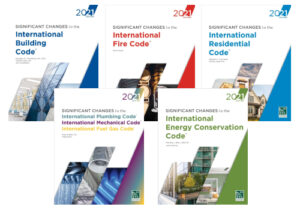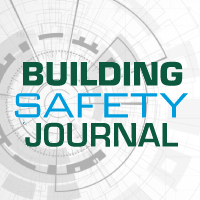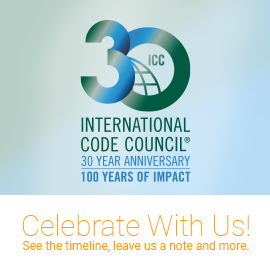
Significant changes to threaded joint sealing in the 2021 International Fuel Gas Code
A modification to Section 403.8.3 (Threaded Joint Sealing) of the 2021 International Fuel Gas Code states that the text was revised to require the use of thread joint sealants (aka, joint compounds, pipe dope, pipe tape).
The code addressed pipe thread sealants but never required them to be used. Thread sealants act primarily as a lubricant to allow the threads to make up tight to form a metal-to-metal seal, and any imperfections or voids in the threads are filled in by the thread sealant material. The most common thread sealants used today are pastes made with PTFE (Teflon) and Teflon tapes. Sealing compounds must not be hardening so that pipe joints can be disassembled when necessary, shrinkage of the sealant is minimized and the material can be resilient to vibration and movement.
LP-gas can react with some pipe sealants, and this might also be the case for other gases; therefore, the text simply requires that the sealant be compatible with whatever is conveyed in the piping. The thread sealant used must be suitable for the pipe and fitting materials used. Some thread sealants can attack some pipe and fitting materials. This is more of an issue with plumbing piping, which often has plastic threads, while gas piping always involves metallic threads. Thread sealant container labels will state what pipe and fitting materials are suitable or not suitable for use with the sealant.
Read the full significant change.
 The 2021 Significant Changes guides are available for the International Building, Fire, Residential, Energy Conservation, Plumbing, Mechanical and Fuel Gas Codes. This valuable series can help any code user save time by zeroing in on the most critical changes in the 2021 International Codes. The Code Council’s technical experts provide summaries, analysis and graphics for these changes making them clear and easy to understand. Each edition provides a comprehensive analysis of significant changes since the 2018 edition, offering key insights into its contents and implications. Each change analysis features the affected code sections and identifies the change with strikethroughs and underlines to show modifications to the existing language. Each change is accompanied by a quick summary, detailed illustrations, and a discussion of its significance, which brings the technical jargon of the code to life in a real-world setting.
The 2021 Significant Changes guides are available for the International Building, Fire, Residential, Energy Conservation, Plumbing, Mechanical and Fuel Gas Codes. This valuable series can help any code user save time by zeroing in on the most critical changes in the 2021 International Codes. The Code Council’s technical experts provide summaries, analysis and graphics for these changes making them clear and easy to understand. Each edition provides a comprehensive analysis of significant changes since the 2018 edition, offering key insights into its contents and implications. Each change analysis features the affected code sections and identifies the change with strikethroughs and underlines to show modifications to the existing language. Each change is accompanied by a quick summary, detailed illustrations, and a discussion of its significance, which brings the technical jargon of the code to life in a real-world setting.
Significant Changes to the IPC, IMC, and IFGC, 2021 Edition is available in the ICC Store or through Digital Codes Premium for the International Plumbing Code, International Mechanical Code and International Fuel Gas Code.





